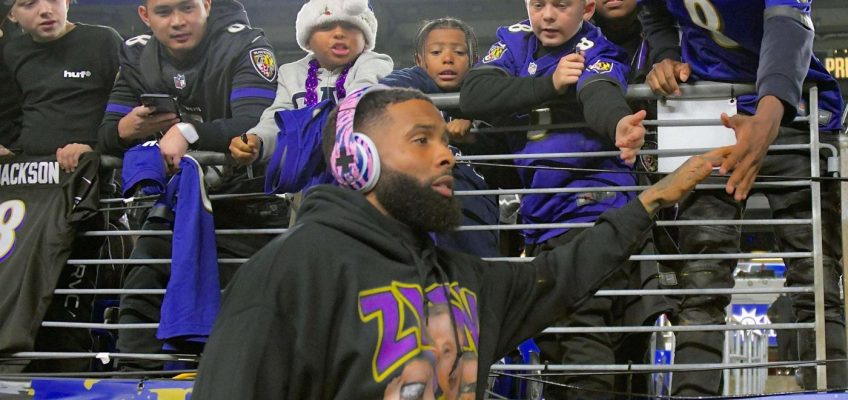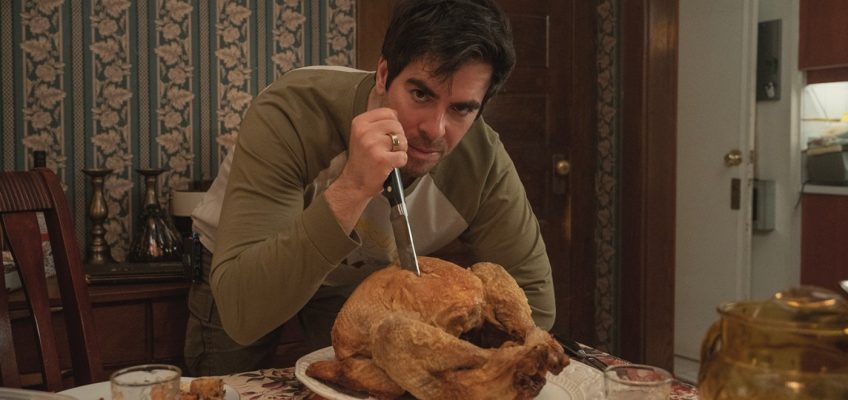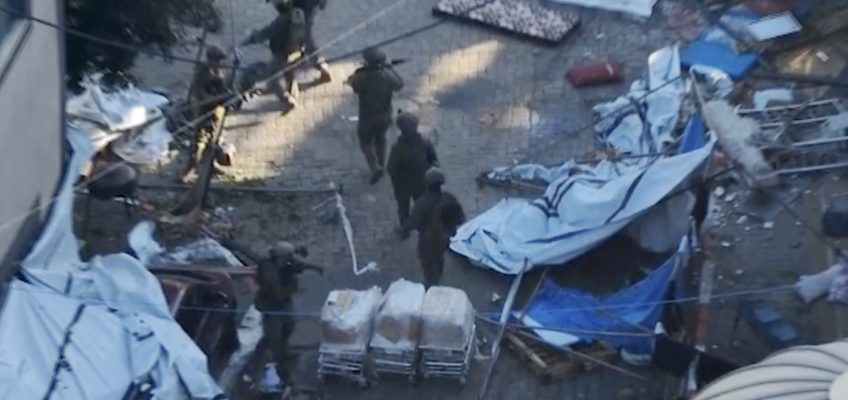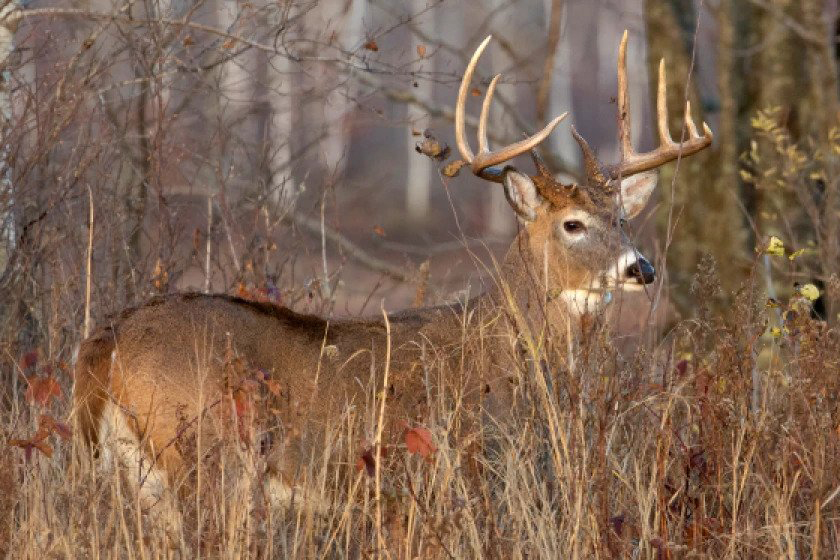Wisconsin has a split personality of sorts when it comes to deer populations and deer hunter success across the state, with more to the south and fewer to the north, and the chasm is getting wider.
That’s the report from Wisconsin Department of Natural Resources wildlife experts who say southern Wisconsin faces problems of too many deer — including crop damage, vehicle accidents and faster spread of chronic wasting disease — at the same time many hunters in far northern Wisconsin are complaining there aren’t enough deer.
Deer hunters in Wisconsin will go afield Nov. 18 for the start of the firearms deer hunting season. The DNR says there may be fewer deer compared to last year in the far north due to the deep snow winter, but that record or near-record deer populations continue in the southern part of the state. (Wisconsin DNR)
It’s a pretty big state, north to south, and little differences in geography and topography make a huge difference for deer.
“Deer are very unevenly distributed across the landscape in Wisconsin,” said Jeff Pritzl, DNR deer program specialist.
Pritzl said the state as a whole may be close to its highest-ever deer population. But most of those deer are in the southern two-thirds of the state where nutritious agricultural crops are easy to find, winters are far less harsh and fewer wolves roam.
Greg Kessler, DNR wildlife manager in Douglas County, said last winter’s deep snow — record snow in many areas — likely brought the deer population down some from previous years, but not drastically, across the state’s northern tier of counties. Iron County, for example, will be bucks-only hunting this year with no general antlerless permits issued — the only such county in the state.
“I suspect we’ll be down a little this season from last, which was pretty good,” Kessler said.
For Douglas County, the DNR, on recommendation from the County Deer Advisory Council, issued roughly the same number of antlerless permits this year as last, again favoring private land permits where more deer are concentrated.
Kessler said that, while winters, wolves and a few other factors are pushing deer numbers up or down a little each year, the deer herd across the north has been fairly stable after falling from record levels 20 years ago.
“Hunter expectations got so high in the early 2000s when we had the highest deer numbers we have ever had,” Kessler said. “We will probably never see that again. … But we still have pretty good deer numbers right now compared to historic levels.”
Kessler said hunters need to adjust to a new normal, generally fewer deer than 20 years ago with generally smaller fluctuations up and down each year.
“We’re pretty close to that long-term average right now, comparable with the ’50s and ’60s but not nearly as high as the early 2000s,” he added.
Pritzl said Wisconsin likely will never see a harvest of 600,000-plus deer as occurred in 2000 (including archery and all gun seasons), even if there are as many or more deer on the ground. There are simply far fewer hunters — the state is losing at least 1%-2% of deer hunters each year — and remaining hunters appear less willing to take multiple deer each season.
How unusual was that peak deer period? In 1999, there was a record firearms harvest of 402,204 deer. In 2000, that jumped another 125,000 to 528,494. With 694,712 licensed gun hunters, their success rate was an astonishing 76%. By comparison, in the 43 years from 1966-2009, the average success rate for gun hunters was 37%.
“I cannot imagine that we will ever see the peak harvest of 600,000-plus deer again,” Pritzl said. “That occurred under rather unique circumstances and was never going to be sustainable. I think if we see a harvest of 400,000 in the future, that would be exceptional, and will likely only occur if we see some rule changes that enhance antlerless harvest.”
Last year, Wisconsin hunters registered 203,295 deer during the firearms deer season, including 98,397 bucks and 104,898 antlerless deer. Compared to 2021, the total firearm deer harvest was up 14.4% statewide, with the buck harvest up 14.7% and antlerless harvest up 14.1%. All four deer management zones showed harvest increases from 2021 for buck and antlerless harvests, including a 19.3% jump in the northern forest zone.
Acorns may be key
Kessler said last summer’s severe drought appeared poised to reduce the acorn crop across the north this fall, but then timely rains in September may have saved the day.
Once again, hunters willing to scout around to find acorns, and find deer, will have better luck.
“Not all oak trees had good crops. But if you can find the trees that did have good acorns, that’s where the deer will be,” Kessler said. “Don’t assume that because you have oaks, you are going to have acorns this year.”
Weather during hunt tops population swings in harvest impact
Weather during the 9 days of firearms deer season, even more than the nominal ups and downs of deer populations, is now the key factor in how many deer are shot each year, Prtizl noted.
If it’s relatively warm and dry, especially opening weekend and especially opening day, hunters spend more time in the woods and fields, and they shoot more deer. That’s what happened last year when hunters across most of the state had great weather and shot more deer than expected, up 14% from 2022.
But very cold, rainy and/or windy deer seasons invariably lead to fewer deer being shot, even if the population is high.
“For us up north, the best conditions are a little snow on the ground for seeing deer and (tracking) deer, but not bitterly cold and windy. And not a foot of snow on the ground, so hunters can’t get into the woods,” Kessler said. “When it’s miserable like that, a lot of guys just don’t go out, at least not for very long.”
Earlier opener, more deer shot
Wisconsin’s firearms deer season is tied to Thanksgiving, so the season dates can swing widely from year to year. Thanksgiving has been held on the fourth Thursday in November since 1941, which means that the actual date of the holiday shifts each year between Nov. 22 and Nov. 28.
That calendar shift alone can mean a 10%-15% difference in how many deer are shot each year in Wisconsin, with earlier openers far better for hunter success, Prtizl said.
About the same number of antlerless or doe permits were available in Douglas County this year as last year for the firearms deer season that begins Nov. 18. (Wisconsin DNR)
With Thanksgiving on the 23rd this year, the Nov. 18 season opener is the second-earliest it can occur, and that means hunters could not only see better weather but may even hit the tail end of the rut, the deer mating season when bucks are more vulnerable to coming out in front of hunters.
Next year would be the earliest-ever opener, but with 2024 a leap year, Thanksgiving jumps back to a later date, the 28th, so the opener will be Nov. 23.
“It’s mostly that we catch some of the rut when the season is earlier. For us in the north, all else being equal, we can see a 15% or 20% drop in harvest during those later seasons when Thanksgiving is late,” Kessler said.
Test deer for CWD before eating venison
So far, no wild deer have tested positive for CWD in Northwestern Wisconsin, but the DNR still suggests hunters test their deer for chronic wasting disease before eating venison and, as advised by health organizations, not eat the meat if the animal tests positive.
The Wisconsin Department of Health Services, the Centers for Disease Control and Prevention and the World Health Organization advise against eating meat from deer that test positive for CWD.
Because infected deer typically appear healthy for many months after contracting the disease, the only way to be sure the animal is CWD-free is to have it tested.
CWD is a contagious, fatal neurological disease that affects the nervous system of deer, elk, moose and caribou. It belongs to the family of diseases known as transmissible spongiform encephalopathies, or prion diseases .
Prions are misshapen proteins that can spread the disease through direct animal-to-animal contact or in the environment through bodily substances or the carcass parts of an infected deer. Prions are extremely resilient and capable of remaining in the soil for years, potentially infecting several deer from a single source.
The disease can have an incubation period of over a year, which means infected deer can appear healthy for months before showing signs of illness. When signs are visible, the common signs are drastic weight loss, drooping head and ears, loss of coordination, excessive salivation and reduced fear of humans.
CWD testing options
The DNR offers different options for hunters to test their deer for CWD:
Self-service kiosks open 24/7: Kiosks contain supplies for hunters to drop off their deer’s head with 5 inches of neck attached for testing. This is a great option for antlerless deer or any deer that has already been skull-capped or caped out by a taxidermist.
In-person with cooperating partners: Meat processors and other businesses can collect the deer head for sampling later or remove the lymph nodes at the time of drop-off. This is a good option for hunters who intend to mount their deer. If your taxidermist is not a cooperator, ask for the caped-out head back so you can drop it off at a kiosk.
At-home via lymph node sampling: Hunters unable to stop by a kiosk or cooperator within a day or two of harvest may pick up a kit ahead of time. Hunters can extract the retropharyngeal lymph nodes using the provided instructions and return the lymph nodes to the DNR or a kiosk for testing.
By appointment with local DNR staff: This is a good option for hunters who want to have a European mount done. Hunters can contact their local wildlife management staff to schedule an in-person appointment.
In Northwestern Wisconsin, self-service CWD testing drop-off sites are located at the Bait Box store in Superior and DNR ranger stations in Brule, Ashland, Hayward, Mellen and Washburn.
For more information on CWD in Wisconsin deer, including a map showing more testing site options, go to dnr.wisconsin.gov/topic/wildlifehabitat/cwd.
Donate a deer
The DNR encourages hunters to donate Wisconsin-harvested deer through the DNR’s Deer Donation Program, which helps stock food pantries for the upcoming holiday season and supports residents in need throughout the state.
Since the program began in 2000, hunters have donated 98,000 deer, totaling over 3.9 million pounds of venison, to help Wisconsinites in need.
Hunters interested in donating a Wisconsin-harvested deer to the DNR’s Deer Donation Program should follow these steps:
1. Field dress the deer.
2. Register the deer through GameReg. Note the registration confirmation number and keep it on hand when dropping off the deer.
3. Test the deer for CWD before taking the deer to a processor if it was harvested from a CWD-affected county.
4. Call ahead to a participating processor. In Northwestern Wisconsin, that’s Hursh Meats at 10083 E. Oak Road, Poplar, 715-364-6855.
5. Bring the deer to the processor. If donating a deer being tested for CWD, inform the processor and provide the CWD barcode number. The processor will not distribute the deer until the results are known.
Minnesota opening weekend deer harvest down 13% from 2022
For success in Minnesota’s deer hunt, head south
Wisconsin DNR approves new wolf management plan with no population goal




